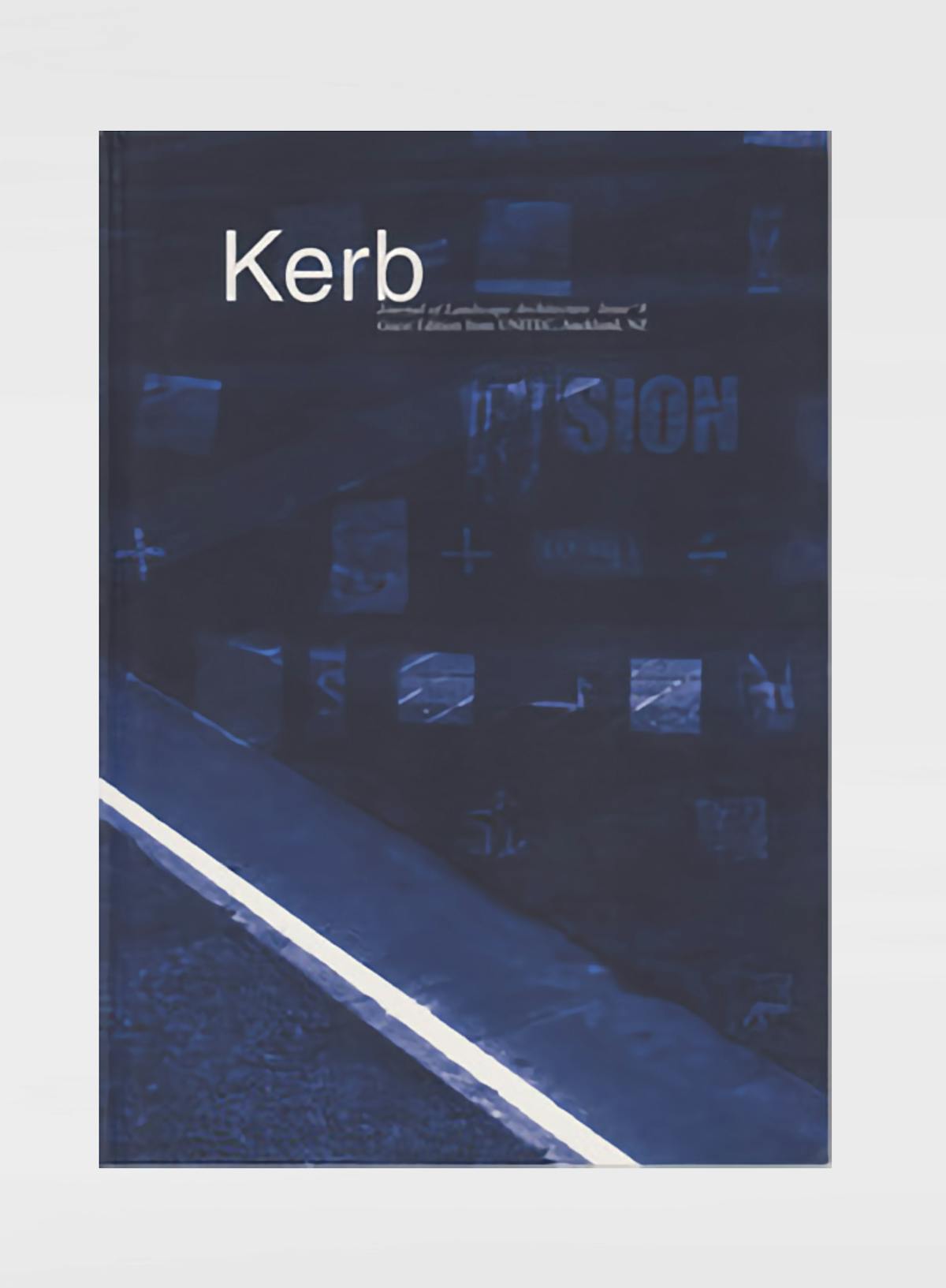In July 1999, UNITEC’s Bachelor of Landscape Architecture programme hosted the edge.co.nz conference — a student conference that was centred around the theme of the ‘economic landscape’ of Auckland city. Following this came the invitation to guest edit this issue of Kerb. What began as a final year ‘special project’ for the editor has now, a year and a half later, evolved into a ‘real’ Kerb issue. Concurrently, Auckland’s economic landscape has continued to evolve; the impact of the America’s Cup yacht race has acted as dynamo whose effects are still in motion.
Some of the content of this issue focuses on the developments to Auckland city’s waterfront in particular, and the processes that drove the extent and the speed of the changes. Landscape architecture and the role played by the local profession in these developments comes under discussion, in particular in the provision, analysis and design of public space among the privately driven developments.
In this the valuation of land from the perspective of economics, as written into the Resource Management Act 1991 (the one law that governs land use in this country) is paramount, and the resulting impacts on the provision of public space are clear. But the provision for the analysis, protection and promotion of different spatial activities and the ‘social’ nature of urban space is lacking in that document. If landscape architects do have an interest in social space in New Zealand, where do they stand in regard to the processes that determine that space?
The examination of those processes requires the notion of social space to be viewed in ways other than those traditionally employed by landscape architects, planners, politicians, engineers, architects and even users. The editorial material in this issue is an attempt to do this and is grounded in the idea that the design of urban landscapes is a direct result of the economic, political and social processes of the city.
Other contributions in Kerb #8 address these issues also; we are particularly pleased to include an interview prepared by RMIT students for an earlier issue of Kerb which sits so well in this context. In addition, it becomes evident that in discussing many of the same Issues, a continuity and connection exists not simply between Australian and New Zealand landscape architectural discourse, but also that such topics are global in their nature.
The economic landscape is a theme that requires — and inspires — a broad range of responses. This was clear from the conference itself. and in the papers included here. Student work, in both studio projects and in written pieces, deals almost specifically with the urban, economic landscape -certainly, it is an integral part of UNITEC students’ work.
In New Zealand this in itself, heralds an increasing sense that new positions are being taken — and that the view is changing over the role we play in the design of our urban landscapes. To this end, we may well achieve a landscape architecture that knowingly works within society, not wholly in opposition, but aware, objective and agitating against the dominant systems and their agents.
